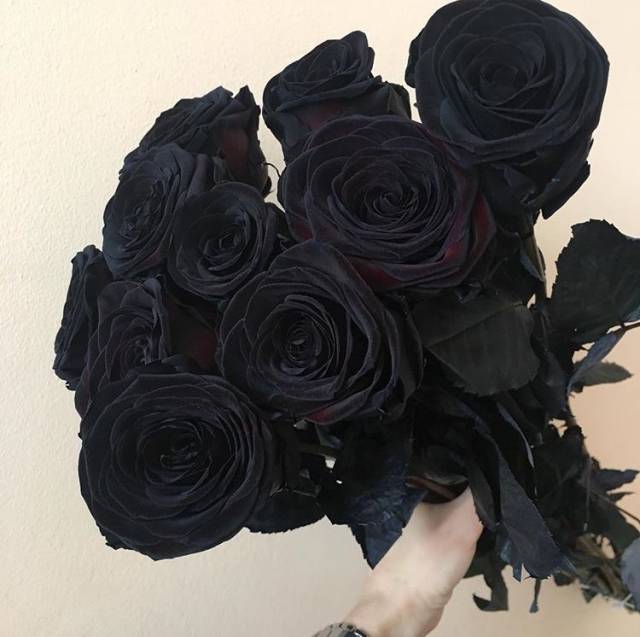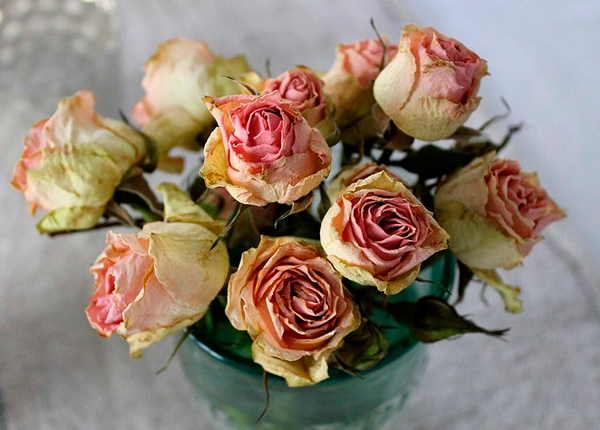arrangement
Cyclamen
 Cyclamen is a houseplant belonging to the family of primrose.
Cyclamen is a houseplant belonging to the family of primrose.
Homeland – The Mediterranean coast of southern Europe. Cyclamen grows from fibrous round or flattened tubers. From the upper tuber cavity, flowers and heart-shaped leaves are formed.
Cyclamen flowers have a variety of colors: red, white, pink, yellowish, etc.
With good care, cyclamen can live for several years and form more and more numerous flowers every year.
Cyclamens with many flowers and buds begin to appear in flower shops from the first days of September. When buying, make sure that the leaves are not damaged, the color of the leaves is juicy and saturated. It is better to buy cyclamen with flowers that have not yet opened. The tuber of the plant should protrude 2-4 cm above the ground.
If the color of the cyclamen leaves is pale, this is a sign of excessive watering. When overflowing, tubers and petioles of cyclamen can easily rot. At the first signs of waterlogging, cyclamen is placed in a dry, ventilated place, damaged leaves should be removed. The cyclamen is watered by pouring water into the pan. Continue reading
Begonia
 The birthplace of this plant is South America, Asia, Africa and the islands of the Malay archipelago. Currently, more than 2000 garden forms obtained through selection are known. Begonias were discovered in the 17th century by the naturalist Charles Plumier during an expedition to the Antilles and named after the governor of San Domingo, Michel Begon (1630-1710).
The birthplace of this plant is South America, Asia, Africa and the islands of the Malay archipelago. Currently, more than 2000 garden forms obtained through selection are known. Begonias were discovered in the 17th century by the naturalist Charles Plumier during an expedition to the Antilles and named after the governor of San Domingo, Michel Begon (1630-1710).
Begonias are a large and rather popular group of houseplants.
Begonias differ in the nature of growth: from bushy, up to 5 m high with lignified shoots to grassy, ground cover, with creeping, creeping and drooping shoots. Begonia leaves are diverse in shape, size and color: from simple, asymmetric or round, to complex, consisting of 5-10 leaves: from small, one or two kopek coins, to large, the size of a large burdock.
The edges of the leaves are whole, serrate, deeply dissected, in some species decorated with double or triple fringe. Continue reading
Anthurium
 The birthplace of Anthurium is the tropics of South America. Among a huge number of representatives of the genus there are epiphytes, vines and herbaceous plants.
The birthplace of Anthurium is the tropics of South America. Among a huge number of representatives of the genus there are epiphytes, vines and herbaceous plants.
Anthurium inflorescence is an ear wrapped in a brightly colored leaf. Anthuriums bloom for a long time. Sometimes up to 3 months. The plant blooms indoors mainly during the summer, but some types of anthurium can bloom most of the year, provided that they are kept at a temperature of 22-25 ° C.
The unique appearance of a houseplant emphasizes the sophistication of interiors made in the styles of past eras: Art Nouveau, Baroque, Empire style.
Temperature mode
Anthurium is a heat-loving plant, so it needs a high air temperature. In summer, it should not fall below 20-27 ° C, in winter – not lower than 15-17 ° C Continue reading




